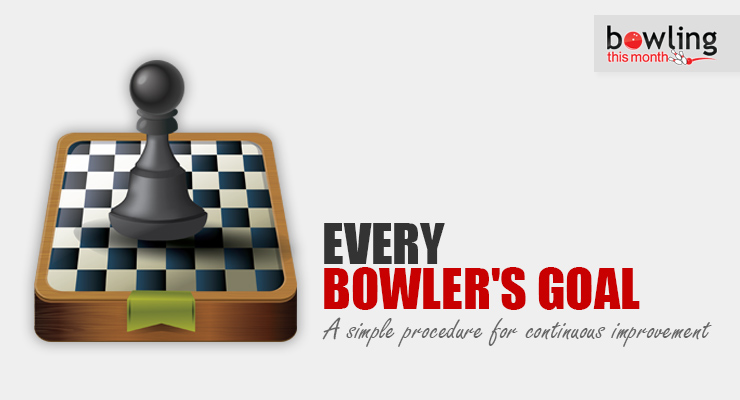Often what is discovered in one area of life can be used in another. The more fundamental the finding, the more broadly it can be applied successfully.
For example, while working at a company as part of a large team, I designed and developed software to help other companies manage their mind-bogglingly complex supply chains. These included buying raw materials, running multiple factories busy making widgets, assembling the widgets into subsystems, testing assemblies, and then shipping to other factories, warehouses, and customers as efficiently as possible while keeping track of it all and making suggestions for what to do when something went awry. With that many people, machines, widgets, and locations involved, something unexpected nearly always happened and had to be accounted for going forward.
If you’ve never seen a factory in full swing, the best way to describe it is chaotic. Machines running, people yelling, big piles of stuff all over the place. It can appear to be a huge mess but hidden in the chaos is order.
Why does any of this matter to a bowler? In order to figure out where to throw, what ball to throw and how to throw it, a bowler should consider the age and type of lane surface, the oil pattern, the number of games already bowled on the pair, equipment available, equipment fit, the feel of the approach, etc. Many variables indeed.
Similar to planning factory operations, planning a bowling shot involves observing and integrating a large amount of disparate information and using that data appropriately so important decisions can be made.
The Theory of Constraints
A very smart man[2] studied factories carefully over a period of time and came up with a factory planning strategy that he called the Theory of Constraints. Luckily for us, it turns out that the Theory of Constraints can be applied to much more than factory planning. In fact, it applies to any system as long as two simple conditions are met.
The first condition is statistical fluctuations. This means that when executing an action the results don’t come out as expected or can’t be predicted accurately. Any bowler who has gotten tapped is a firm believer in statistical fluctuations in bowling, though I’ve observed that shorter words are generally used on the lanes to describe this outcome!
The second condition is dependent events. This means that there is a fixed order to the system execution. The system execution for bowling is:
- A pre-shot routine;
- Delivering the ball;
- Watching it go down the lane;
- Scoring the result when the ball goes past the end of the deck.
You cannot alter this sequence and still be bowling. Hence there are dependent events involved in bowling. Since bowling meets both necessary conditions (statistical fluctuations and dependent events), bowling is subject to the Theory of Constraints.
What this means to a bowler
This has many implications but the most useful are the following. Whenever the Theory of Constraints applies:
- The system will always have precisely one bottleneck.
- Productive operation and control of the system can be stated in a single, simple goal.
- A straightforward procedure exists for ongoing continuous improvement of the system.
Bottleneck
A bottleneck limits activity or production. For example, the neck of a milk bottle limits the pouring of milk. Another ...
This article is only available to Bowling This Month subscribers. Click below to get instant access to this article and all of our other premium instructional content.
Subscribe to Bowling This Month
Already a Bowling This Month subscriber? Click here to log in.
